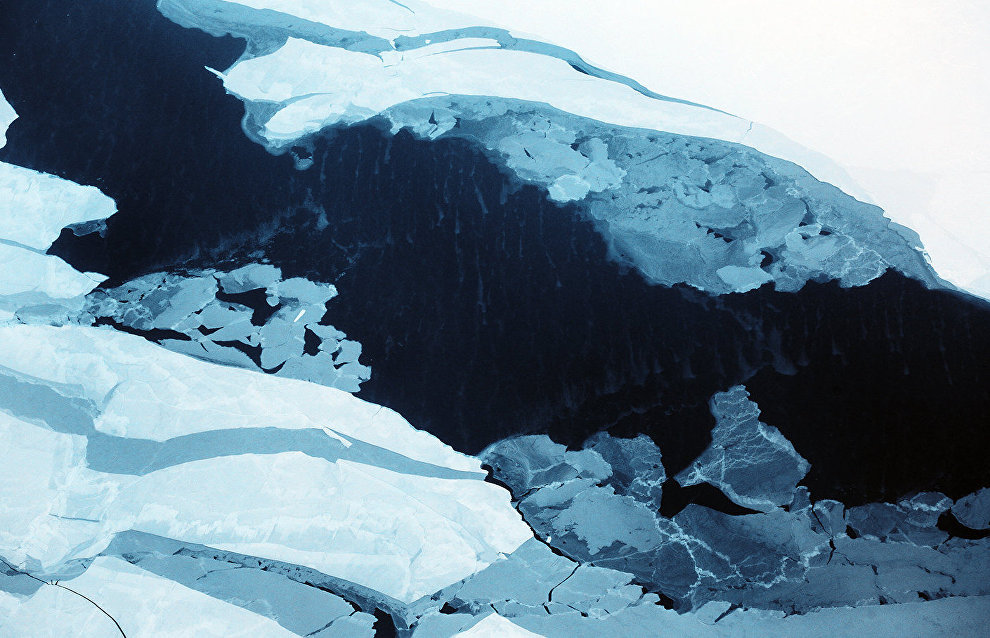Russian scientists develop ocean bottom seismic survey method for the Arctic
Russian scientists have developed a technology for ocean bottom seismic survey in the Arctic, RIA Novosti reports, quoting the press service of the Russian Academy of Sciences' Shirshov Institute of Oceanology.
According to institute representatives, ocean bottom seismic exploration is commonly used both to study the Earth's crust and when searching for hydrocarbons and developing deposits in geophysical research. Even today, seismic survey is conducted using a "rope technology" with floating streamer cables that is effective in open water and at a depth of up to 40 meters provided there are no obstacles on the seabed.
"Oceanology Institute scientists have devised a unique technology that allows ocean bottom seismic meters to be used in harsh Arctic conditions. Using boomerang ocean bottom stations <…> will reduce the duration of 3D seismic surveys, which will undoubtedly increase their commercial appeal. Since there is no need to use streamers, the stations can reach difficult-to-access and underexplored waters such as areas with coral habitats, dense networks of pipelines and sunken garbage, as well as in the Arctic waters," the institute said.
It used to be impossible to conduct such comprehensive research due to the change of season, members of the scientific community note. Applications of the new technology using boomerang ocean bottom seismic detectors include not only deep sea operations but also searching for hydrocarbon deposits in shallow waters or in areas with obstacles where it is not feasible to use streamer tows.
"The stations have a number of unique advantages that include autonomy and the ability to register data for up to one year, a wireless interface for transmitting data to an onboard computer, a detection system for resurfaced seismometers that uses light and radio beacons, and a patented concrete anchor technology that keeps the station on the ocean floor and can dissolve in water over time, without any harm to the environment," the press service reports.
The new seismic meters are twice lighter than similar devices and can therefore be used in the harshest conditions with minimal labor costs. The scientists are also working on a compressed air system that will make it possible to avoid the use of concrete platforms. The initial results of utilizing boomerang stations in the Arctic will be available this fall.
